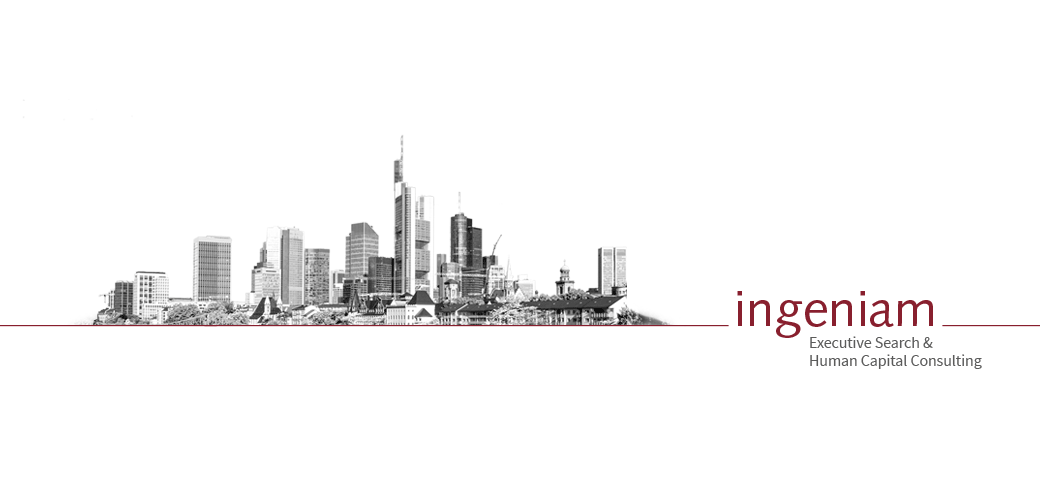15. Dezember 2021
It’s easy to get absorbed into a universe of worry and sorrow still/again/at last. But under the surface of a whole bunch of troubles and challenges that the COVID-19 pandemic has brought us, lie some positive and promising developments, that – in a way – came with. Developments that can be indicators for a better world or at least a positive outlook on Recruiting in 2022.
We’re looking at new approaches and technologies that boost cooperation in increasingly diverse areas, at innovation that reshapes work all across the fields and at decentralized work and remote access to broader and wider ranges of resources and talent – to only name a few. Let’s take a closer look at 4 key factors, that will change the game in 2022 executive recruiting:
Location
The place where a job actually “is” has changed tremendously during the pandemic, opening up a lot of exciting new opportunities. Location has lost a lot of its limiting nature and thus opened a much wider circle of both candidates for a job and jobs for a candidate. It even creates more opportunities for your valuable employees who can sense a wider range of freedom in choosing where they are working from and integrating their job better into their natural environment. The location factor has even developed some exciting implications for office spaces and on-site management that are very much worth exploring. But not only that it offers opportunities for you to explore for your company; it will also make others, who don’t adopt a flexible view on this, lose valuable high-level talent in the long run – making them available for you.
Transparency
The dialogue- and user-centered communication technology of the last two decades created very informed individuals with a need to engage and be engaged. Not only will candidates research your company (as they should and have always done) but they will want to find transparent and authentic information they can connect with. They will not only read your job ad but look for voices from within your company, conversations and reviews to match against that. It’s in your own interest to be active in these conversations and through transparency attract better candidates than you can wish for.
Speed
The talent game is picking up speed like never before. The lengthy processes that recruiting can entail, need to be looked at very thoroughly. It doesn’t necessarily mean that you need to (or can) accelerate the process by rushing to the ending but more that you need to optimize the process as much as possible. Eliminating the setbacks and obstacles that cost time and keep the promising candidates waiting. The best candidates likely have other options and need to be kept informed about the process.
And it doesn’t stop there. The aspect of speed transfers on multiple levels in your business. Take a look at more collaborative agreements. Due to the pandemic, those mutually beneficial agreements have been concluded in just a few weeks as opposed to regular few years! That’s a pace that will keep on and create exciting opportunities which we’ll dive into next.
Opportunity
You have a lot of opportunities, stay open-minded for them. And it works vice versa. Create opportunities for candidates as well as your current staff. This doesn’t just mean “work” for you, it means opportunities. Don’t forget that. Opportunities also mean options and you should definitely learn to keep your options in place, moving into the new year. It can mean looking at candidates even if you don’t have a vacancy, looking at different kinds of candidates in different places, making leadership a priority, etc.
All in all, the underlying consequences of the last years have a potential for exciting new developments in 2022. The pandemic has sped up processes that would normally take years to really settle in. This should be seen and treated as nothing but an advantage. It’s all a matter of perspective and how willing you are to get a proper grip on what’s coming. Are you ready?








